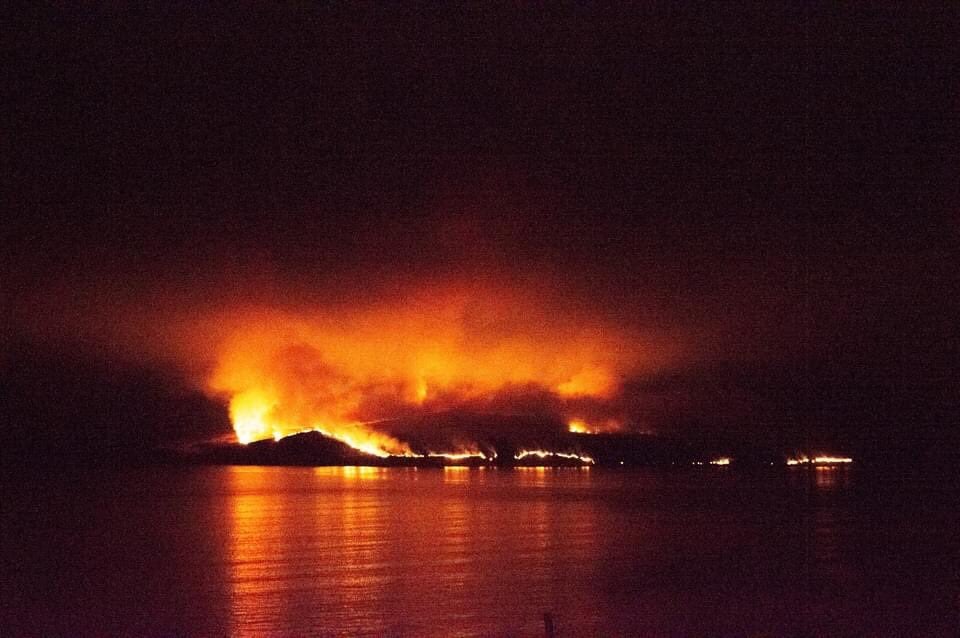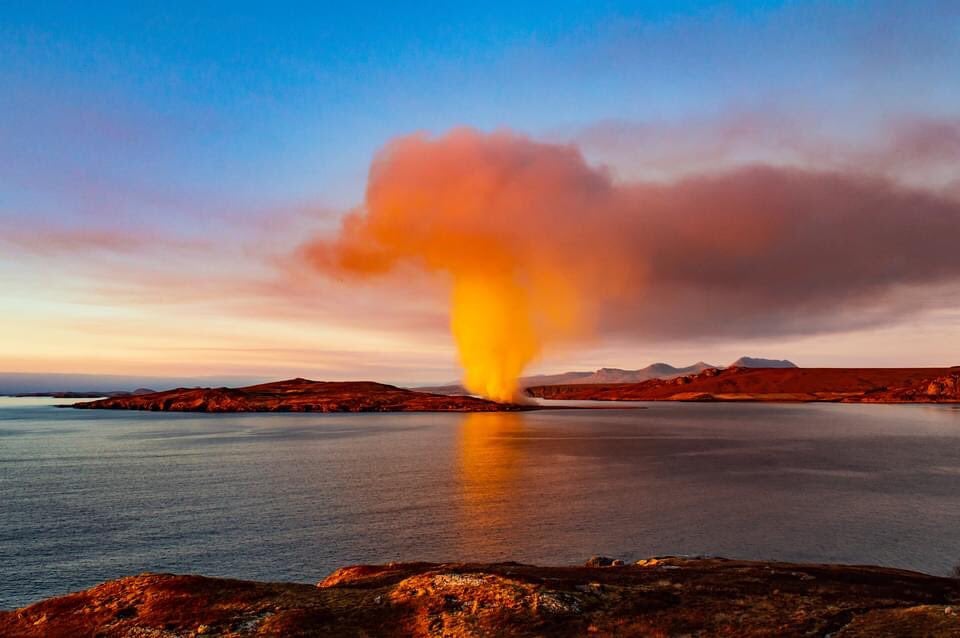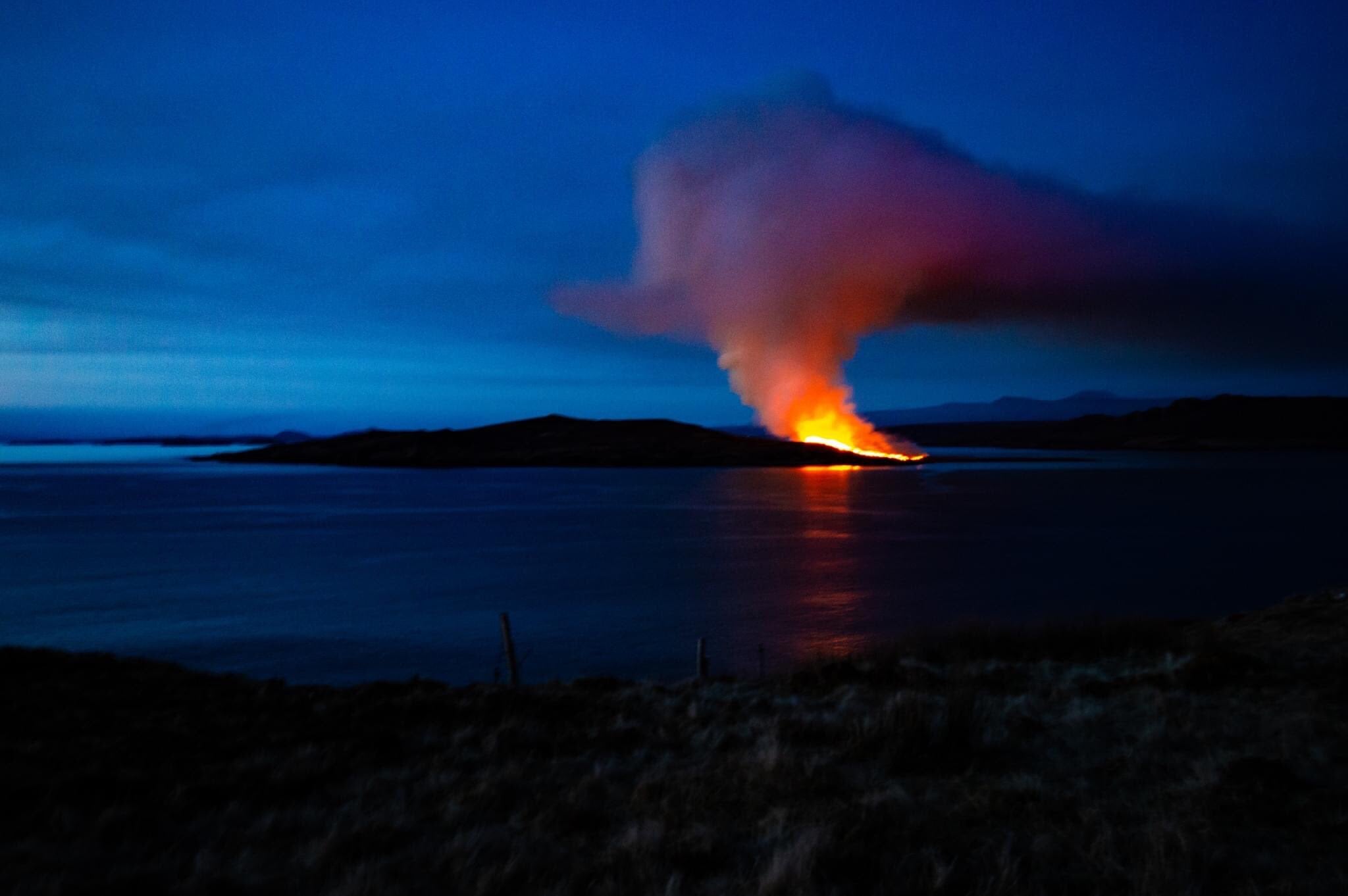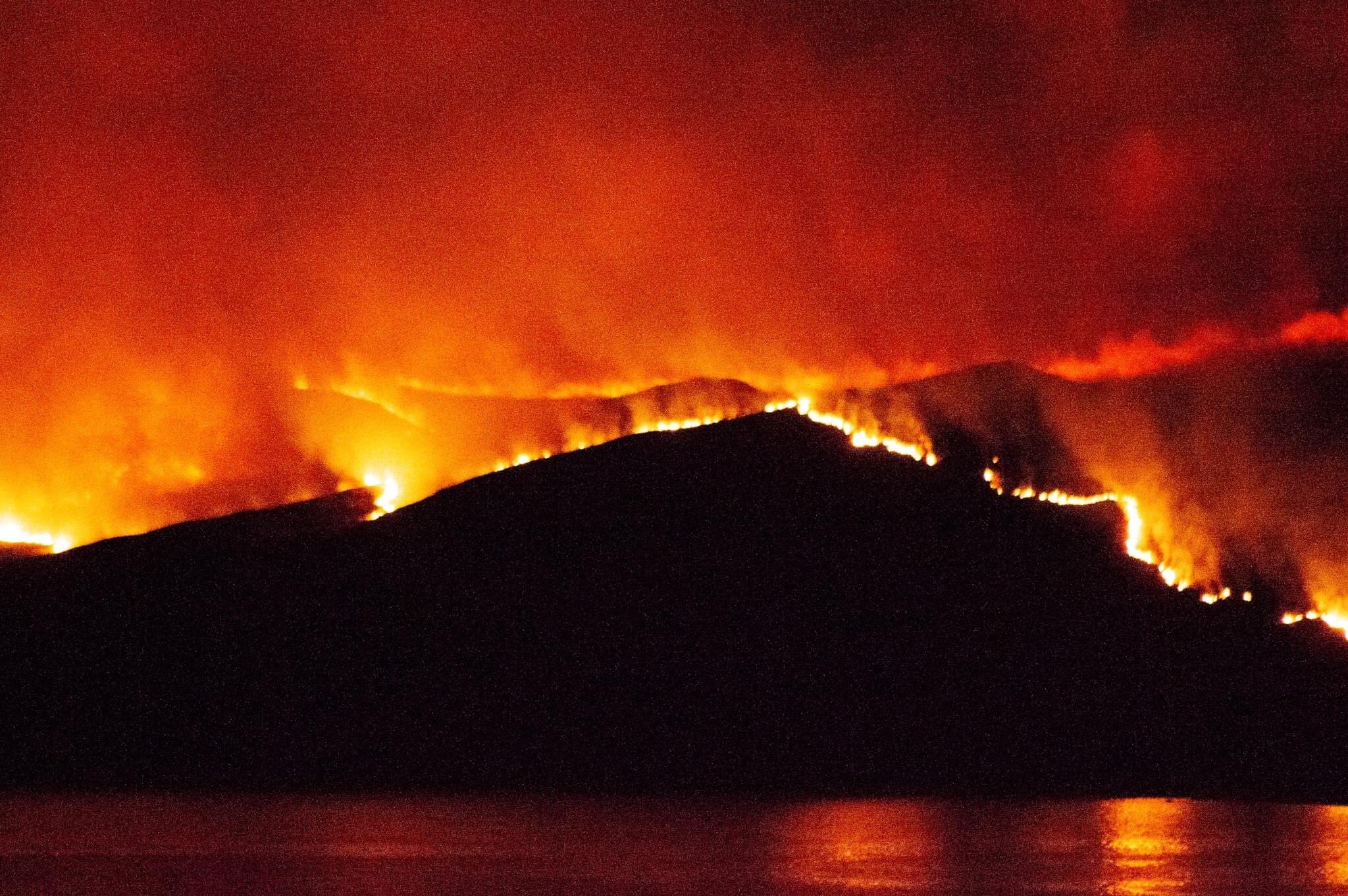‘Apocalyptic’ wildfire engulfs entire Scottish island used for anthrax experiments
Fears for wildlife as island rich in bird life likened to ‘hell fire’

Your support helps us to tell the story
From reproductive rights to climate change to Big Tech, The Independent is on the ground when the story is developing. Whether it's investigating the financials of Elon Musk's pro-Trump PAC or producing our latest documentary, 'The A Word', which shines a light on the American women fighting for reproductive rights, we know how important it is to parse out the facts from the messaging.
At such a critical moment in US history, we need reporters on the ground. Your donation allows us to keep sending journalists to speak to both sides of the story.
The Independent is trusted by Americans across the entire political spectrum. And unlike many other quality news outlets, we choose not to lock Americans out of our reporting and analysis with paywalls. We believe quality journalism should be available to everyone, paid for by those who can afford it.
Your support makes all the difference.An uninhabited Scottish island where the government once conducted experiments with anthrax has been engulfed by a huge fire.
Witnesses of the fire on Gruinard Island, off Scotland’s northwest coast, described seening the “apocalyptic” blaze burning from “one end to the other” on Saturday.
The island was used for germ warfare experiments during World War Two before being declared free of anthrax by the Ministry of Defence in April 1990.
Donna Hopton, who runs Gairloch Marine Wildlife Centre, said she saw smoke coming from the island as she walked her dog in the hamlet of Second Coast around 6pm on Saturday.
“It spread across really slowly, it started on one end until the whole island was engulfed. It looked volcanic,” Ms Hopton told The Independent.
“It’s quite sad there’s a lot of wildlife on that island, there’s white-tailed eagles, oystercatchers, lots of bird life nest on that island. I could smell the smoke, it was the smell of wood burning, you could see it in the air, it was a really red glow.”
Ms Hopton said the flames went on for five to six hours before she finally went to sleep after midnight.
Speaking to STV News, Nessie Gearing and her mother Kate said they saw the sky lit up by flames from their home in Aultbea on the mainland.
Kate said: “We were at home and saw an orange glow in the sky and thought we’d investigate.”
Nessie added: “Driving up to it was just apocalyptic.” The pair said they could hear birds “screaming” as they watched the fire from the shore.

Kate said: “It was horrible. I’ve never seen anybody on the island, nobody ever goes to it, nobody wants to go on it.”
The 25-year-old said the scene looked like “hell fire”.
“There was a string of flames around the whole circumference of the island,” she said.
The Scottish Fire and Rescue Service said the island did not fall under its remit because it is uninhabited.
Earlier this week it issued a warning that the risk of wildfires was “very high” in central, southern and north-east Scotland until 30 March and urged the public to take extra care when visiting the countryside.

Gruinard Island was uninhabited when the government commissioned scientists to find a way to weaponise anthrax to counter a potential biological weapon developed by the Nazis in the Second World War.
Anthrax is a lethal bacteria, especially when inhaled, and it proves fatal in almost all cases, even with medical treatment.
Ministry of Defence files released 50 years after the experiments revealed mainland cows and sheeps had died unusual deaths as a result of exposure to an anthrax cloud.

The scientists from Porton Down returned to the island to clean up the anthrax in 1986, for the first time displaying warning signs of the biological threat.
They sprayed the soil with seawater and formaldehyde before it was tested at Porton Down and subsequently declared anthrax-free on 24 April 1990.
Join our commenting forum
Join thought-provoking conversations, follow other Independent readers and see their replies
Comments